It’s been a very quiet week in the markets so far, and today’s US consumer inflation release should bring trading back to life. Economists are expecting headline CPI to slow from 9.1% yoy to 8.7% yoy in July. But core CPI is expected to rise from 5.9% yoy to 6.1% yoy. While one data point is definitely insufficient to tell the trend, traders are still eager to get hints on whether inflation is still climbing, plateauing, or starting to reverse.
The next move in Dollar would very likely be driven by overall risk sentiment after the CPI release. The greenback tends to weaken in risk-on markets, and strengthen in risk-off markets. For now, as benchmark treasury yield is stuck in consolidation, reactions in stocks are more dollar-moving.
S&P 500 is pressing and important cluster resistance level of 4177.51, as well as 55 week EMA (now at 4182.34). Sustained trading above this 4177/82 zone will add much credence to the case that whole correction from 4818.62 has completed with three waves down to 3636.87. That would set the stage for further rally towards 4818.62 high later in the year, subject to upcoming data release of course. Nevertheless, break of last week low at 4079.891 will tentatively indicate short term topping and bring deeper pull back to 55 day EMA (now at 4012.26) in the near term.
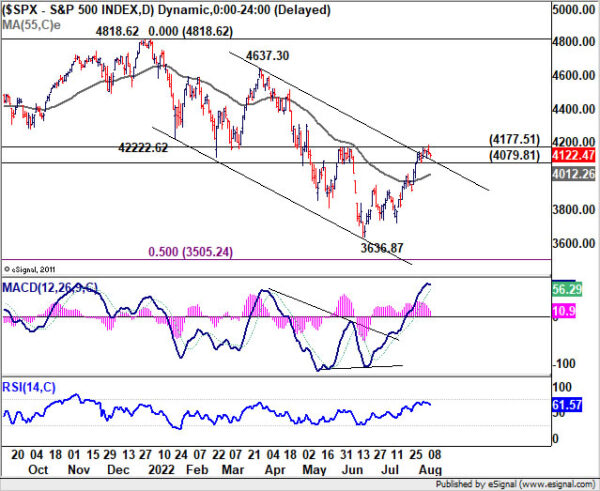
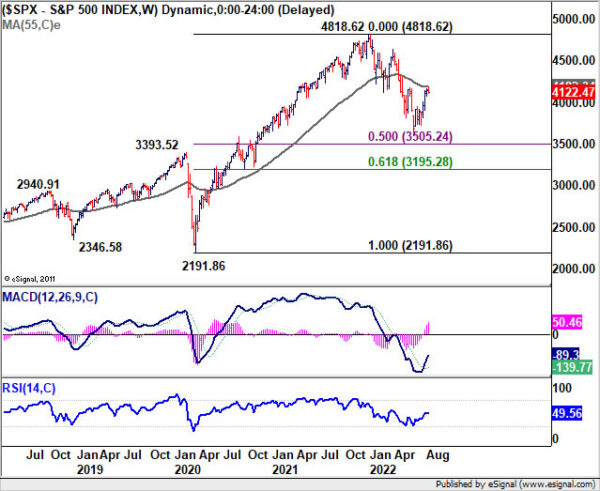




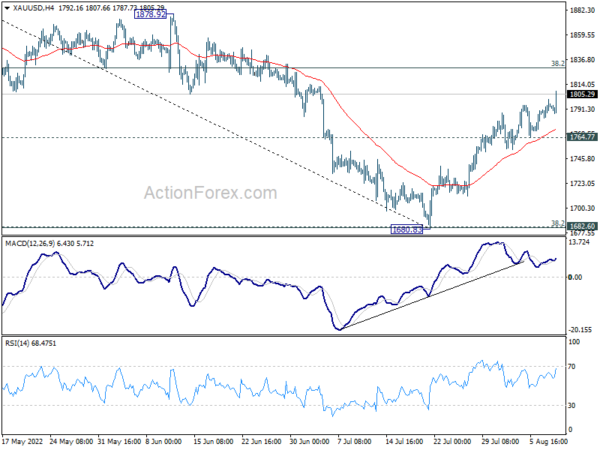
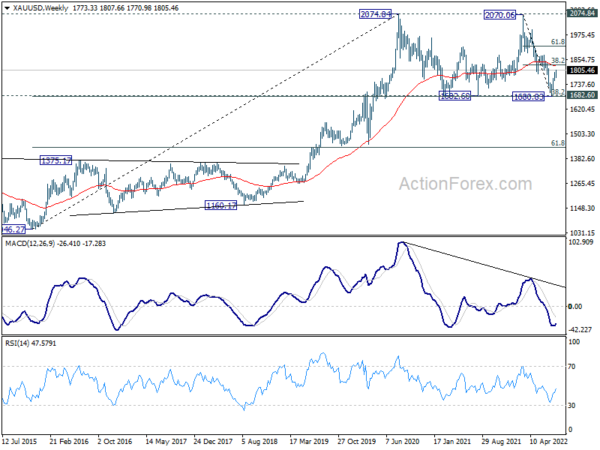
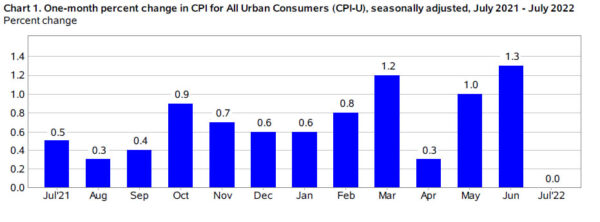
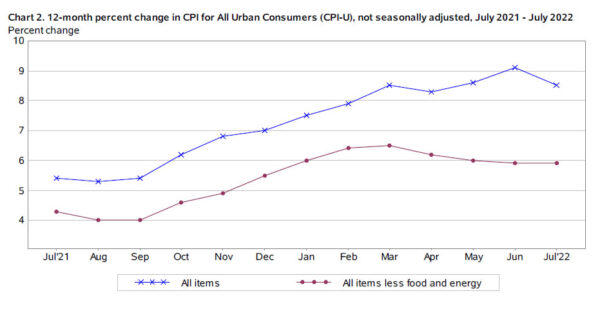


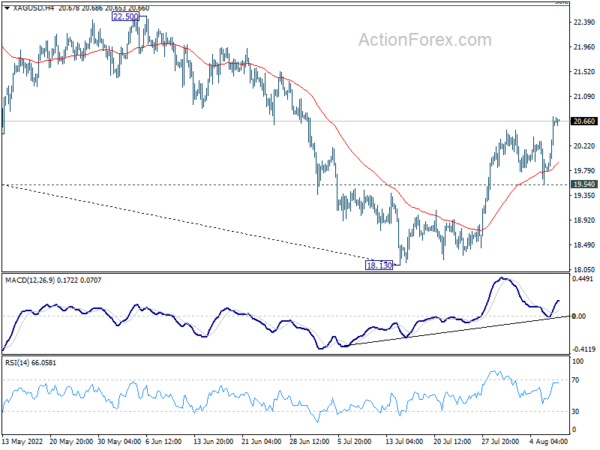
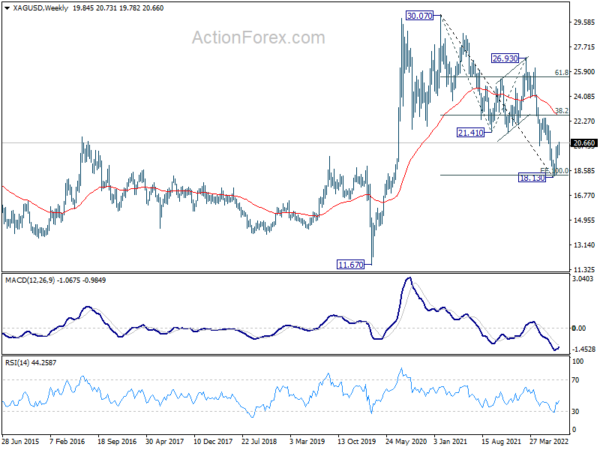
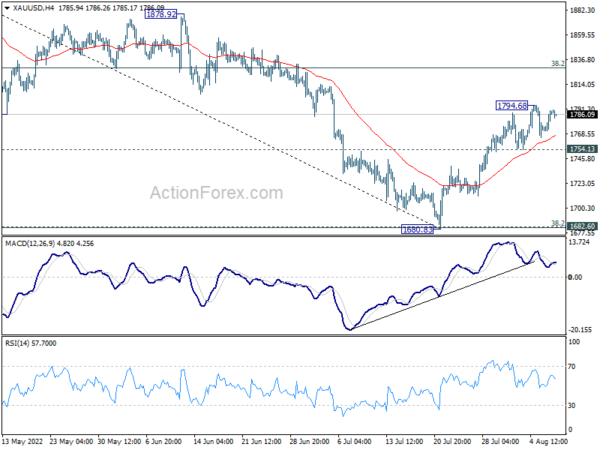
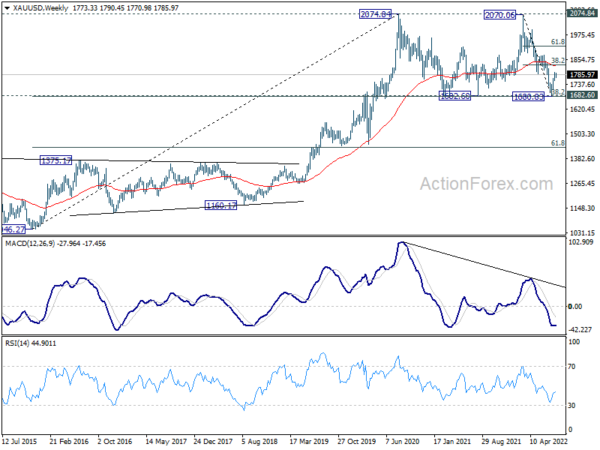

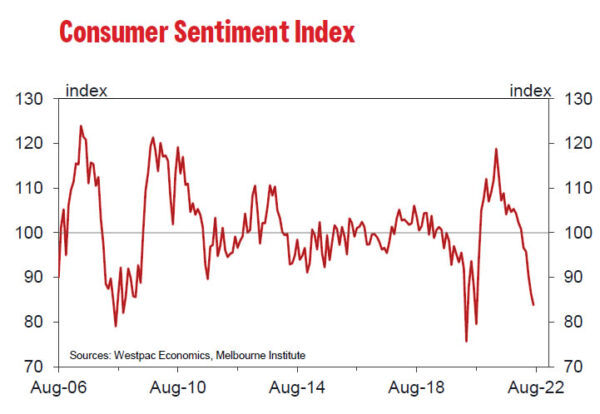
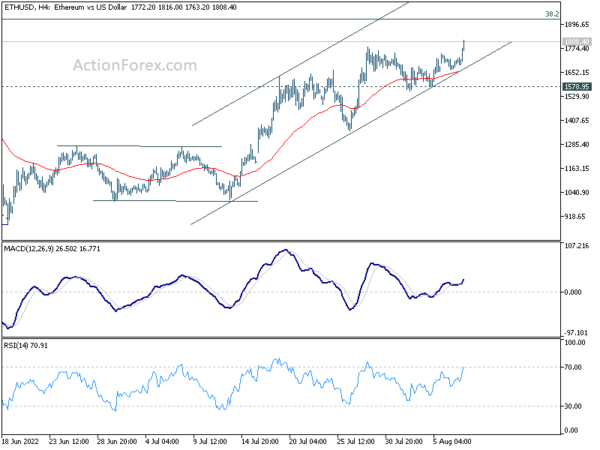
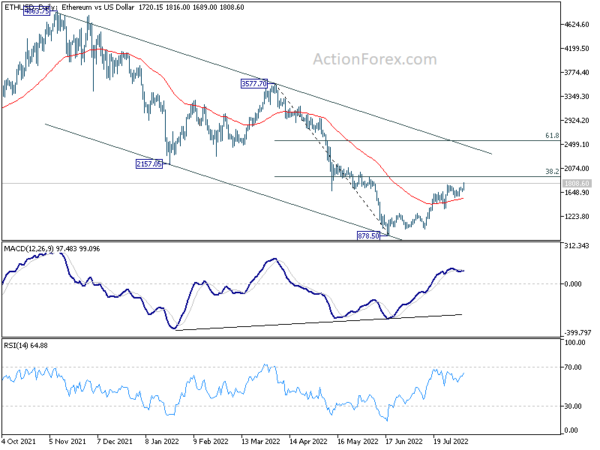
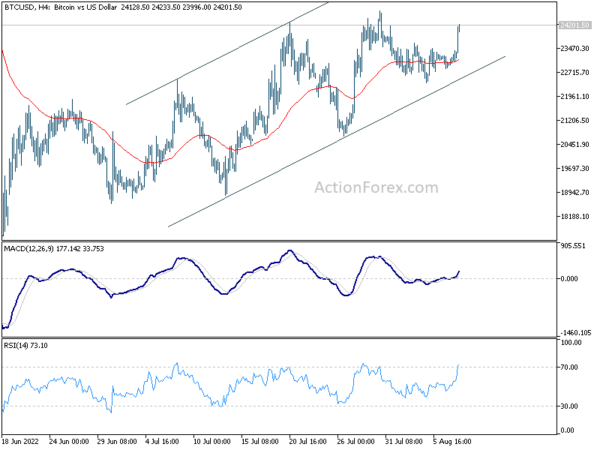
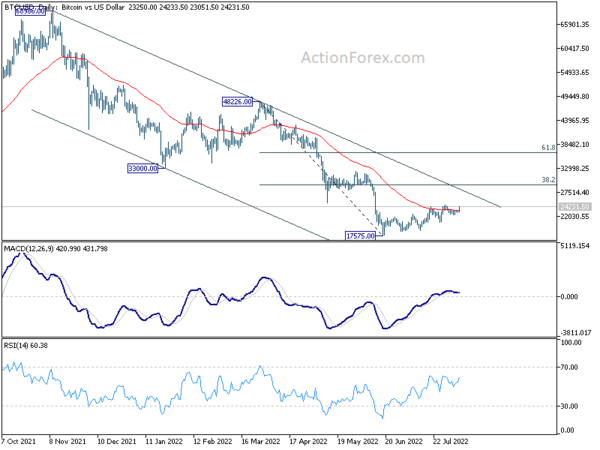
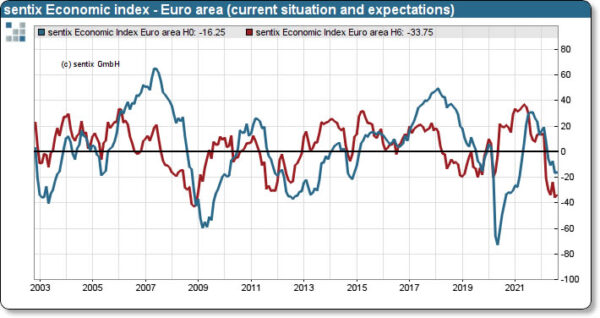
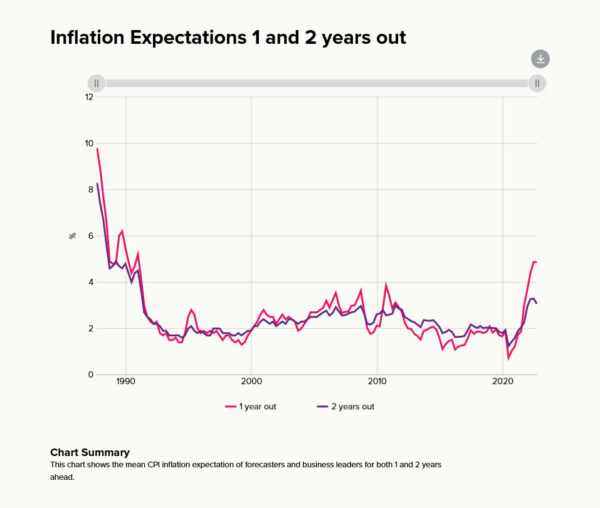
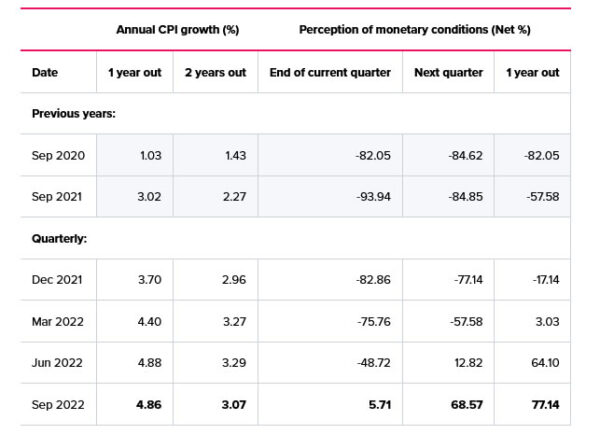

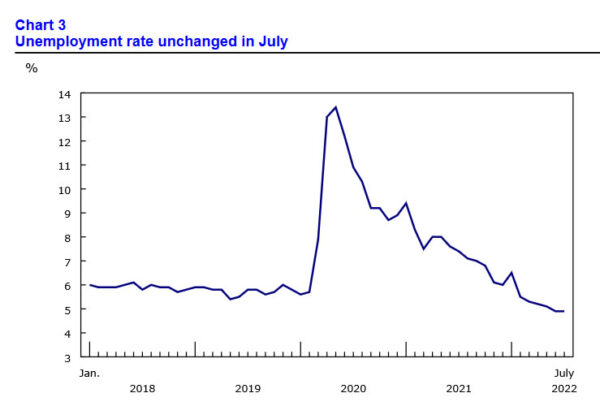
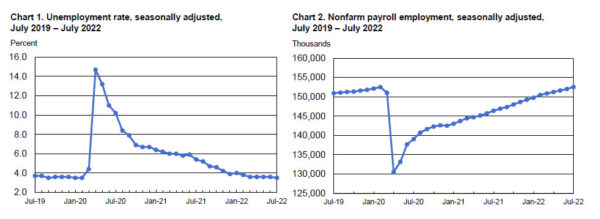
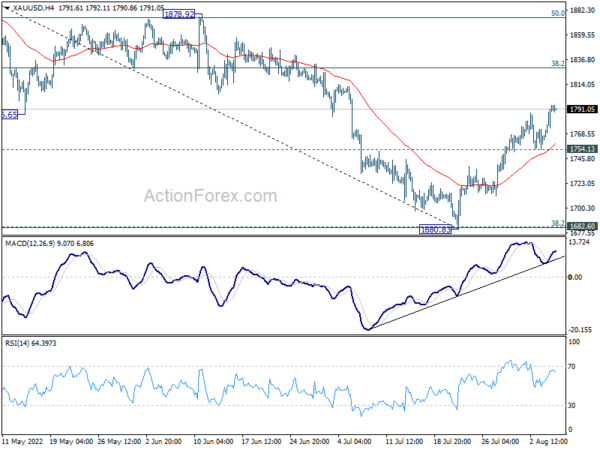
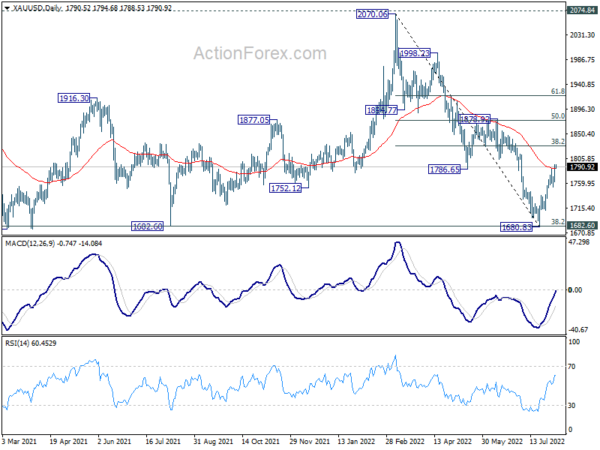
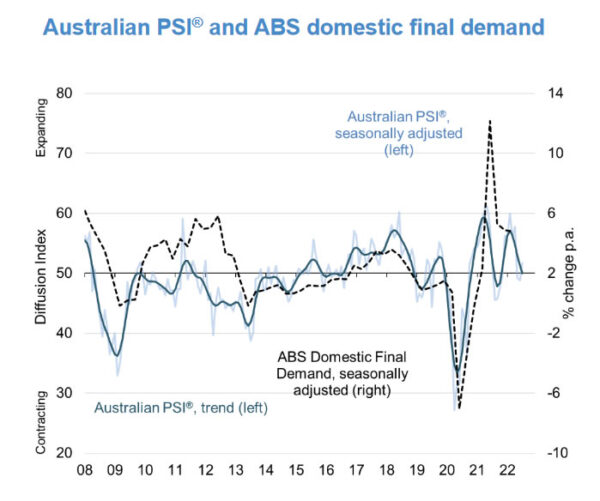

Fed Evans: Inflation still unacceptably high, rates to rise to 3.5% by year end
Chicago Fed President Charles Evans said today’s CPI data was the first “positive” reading since Fed started tightening. Yet, inflation is still “unacceptably” high”. He expects Fed to continue to raise interest rate to 3.25-3.50% by year end, and to 3.75-4.00 by the end of next year.
Evans was optimistic that the economy will “continue to grow” in H2. “”I’m not looking for the economy to turn down in a significant fashion any time soon,” he added. He expected growth to be 1.5-2.0% next year.